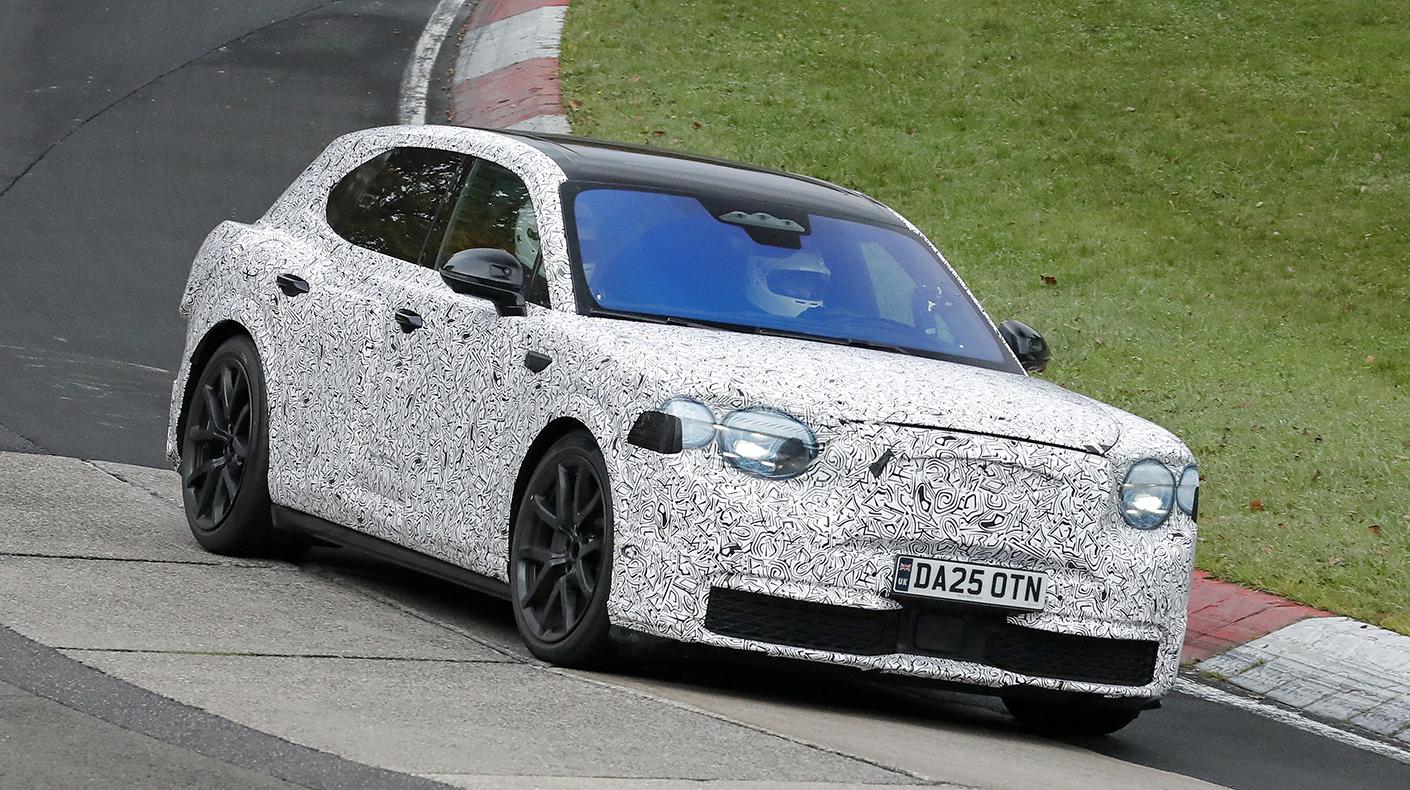 |
|
| Fans of compact performance cars like the Honda S2000 are the most active group of Internet researchers and purchasers among specialty-equipment enthusiasts. |
That number jumps to 80% when social media sites such as Facebook and Twitter are factored in.
Fellow enthusiast sites are the most popular venues for gathering information, followed by queries made through traditional search engines such as Google and Yahoo.
Magazines, catalogs, car shows and manufacturer websites also still contribute to enthusiast research. Depending on market segment, between 52% and 78% of enthusiasts still rely on magazines, for example, to inform their buying decisions. Street-rod enthusiasts in particular prefer ink and paper (78%), almost as much as they do enthusiast website research (80%).
Compact-performance fans are the most receptive to doing their homework on the Internet, with 85% saying they turn to enthusiast sites for answers. Off-roaders and street- performance enthusiasts (81%) follow closely behind.
Does all of that time in front of the screen convert to action? Absolutely. An average of 72% of parts hunters in all eight categories said they’d purchased from Internet retailers. Not surprisingly, compact-performance enthusiasts were most likely to buy from an Internet retailer, while those in the restoration scene—just 66%—were among the least likely.
Where does that leave the independent retailer? Generally, about 54% of enthusiasts in all segments—compact performance, off-road, passenger car, racing, restoration, street performance, street rod/custom, and truck/SUV—said they’d purchased from an independent retailer.
Street performance fans are most likely to buy from an independent (55%), while truck and SUV owners at just 46% are the least loyal.
In an effort to better analyze the tastes and preferences of today’s auto enthusiasts, SEMA, in coordination with Ford, launched the Enthusiast Opinion Leader Research Program at the 2009 SEMA Show.
The program invited 527 enthusiasts, selected through a rigorous application process, to the second day of the Show and tasked them with using social media, including Twitter and Facebook, to broadcast their personal product and trend highlights of the Show.
Participants in the program were mostly male (96%), with 52% between 25–44 years old. Most were married (96%), with 67% having household incomes between $50,000 to in excess of $75,000.
Read more about the Enthusiast Opinion Leader Research Program in the February issue of SEMA News.





